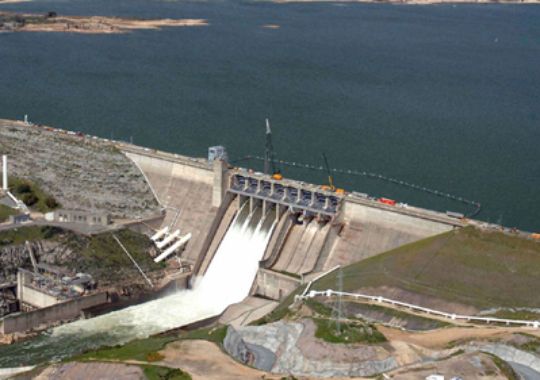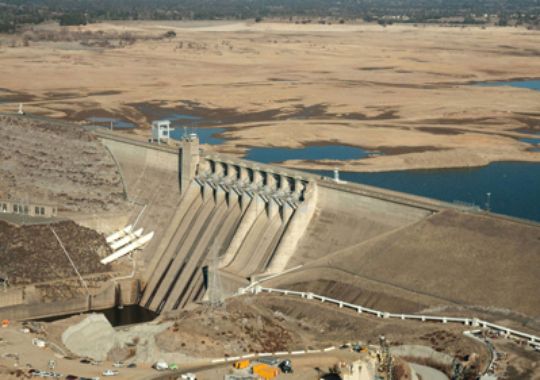
The idea of an El Niño rescuing California from its devastating drought appears to be nothing more than wishful fancy.
Not only have climate scientists recently downgraded the strength of a potential El Niño, but a report released Thursday by the U.S. Climate Prediction Center indicates that the odds of an El Niño happening this year at all are down.
An El Niño is the much-watched warming of the Pacific Ocean that tends to influence worldwide weather and has had many in California hoping it will trigger a wet winter for the rain-starved state.
While Thursday’s climate report suggests that an El Niño is still likely, the chances of seeing one this fall or winter dropped from 80 percent – projected in early reports – to 65 percent.
The change, said climate scientist Michelle L’Heureux, comes as the warmer-than-usual surface temperatures observed this spring in the equatorial Pacific have cooled.
The same underwater swell that pushed heat to the surface, known as a Kelvin Wave, is having its normal counter effect, but that effect has been much stronger than usual and has moved more cold water up than expected, L’Heureux explained.
“We’re still banking on seeing a reinvigoration of El Niño,” she noted. “But with that said, we wanted to lower our projections because there are structural weaknesses that have made this El Niño less likely.”
The federal forecast calls for the El Niño to be weak or moderate. The consensus earlier this year was that the event would be at least of moderate strength – and some believed it would be really strong.
In Northern California, strong El Niño’s have correlated with wet winters. San Francisco’s biggest rain year in the last century came during the big 1997-98 El Niño.
Weak and moderate El Niño’s, however, haven’t translated into significant rain years in Northern California. (Southern California has sometimes seen wetter weather during moderate and weak events.)
The absence of a strong El Niño doesn’t sentence Northern California to a dry winter.
More at SFGate.com >>>


